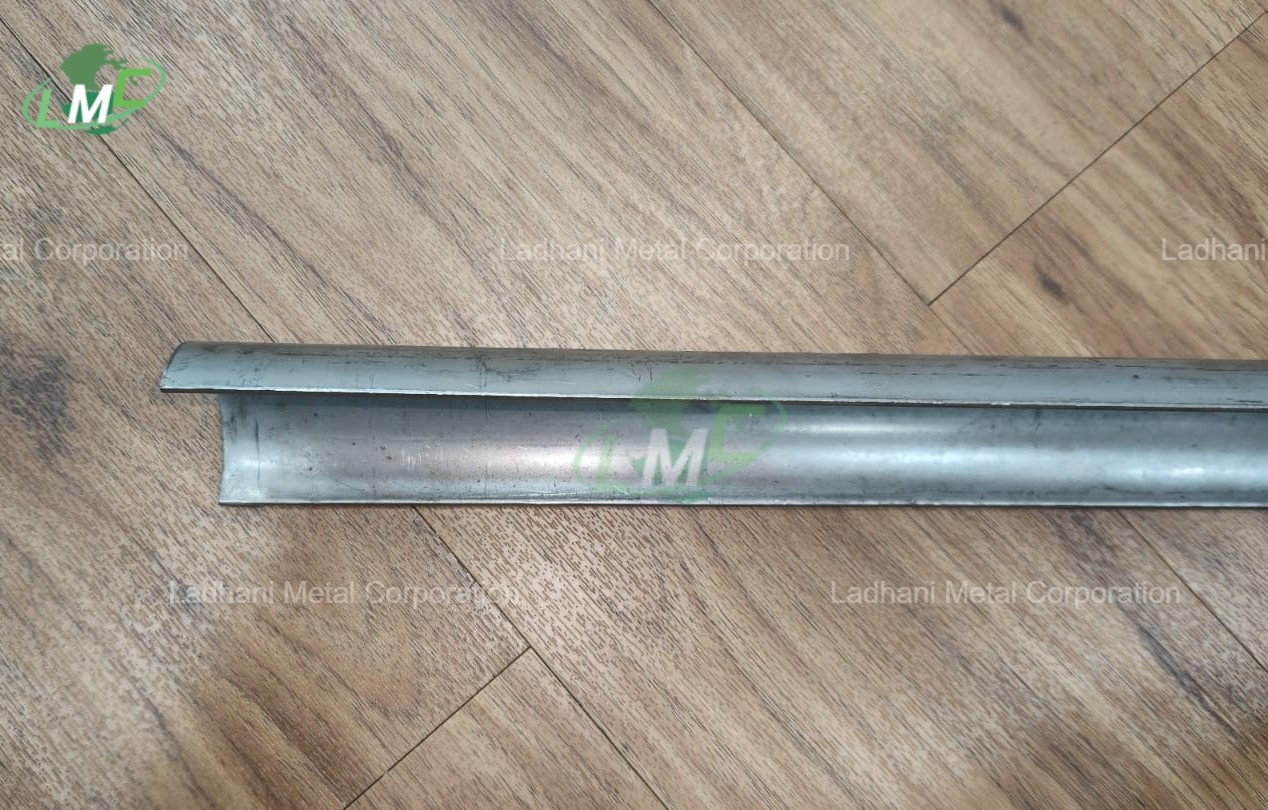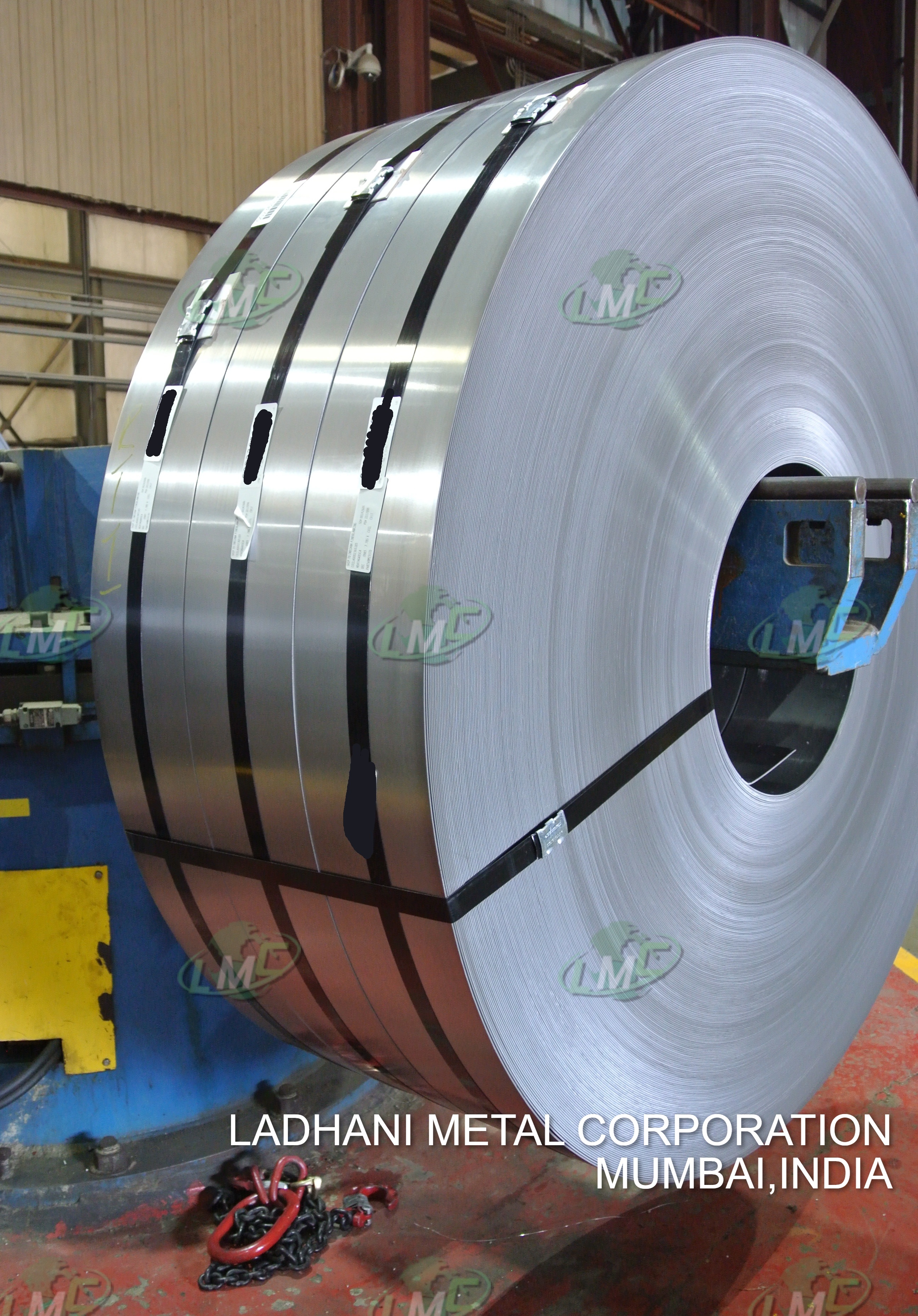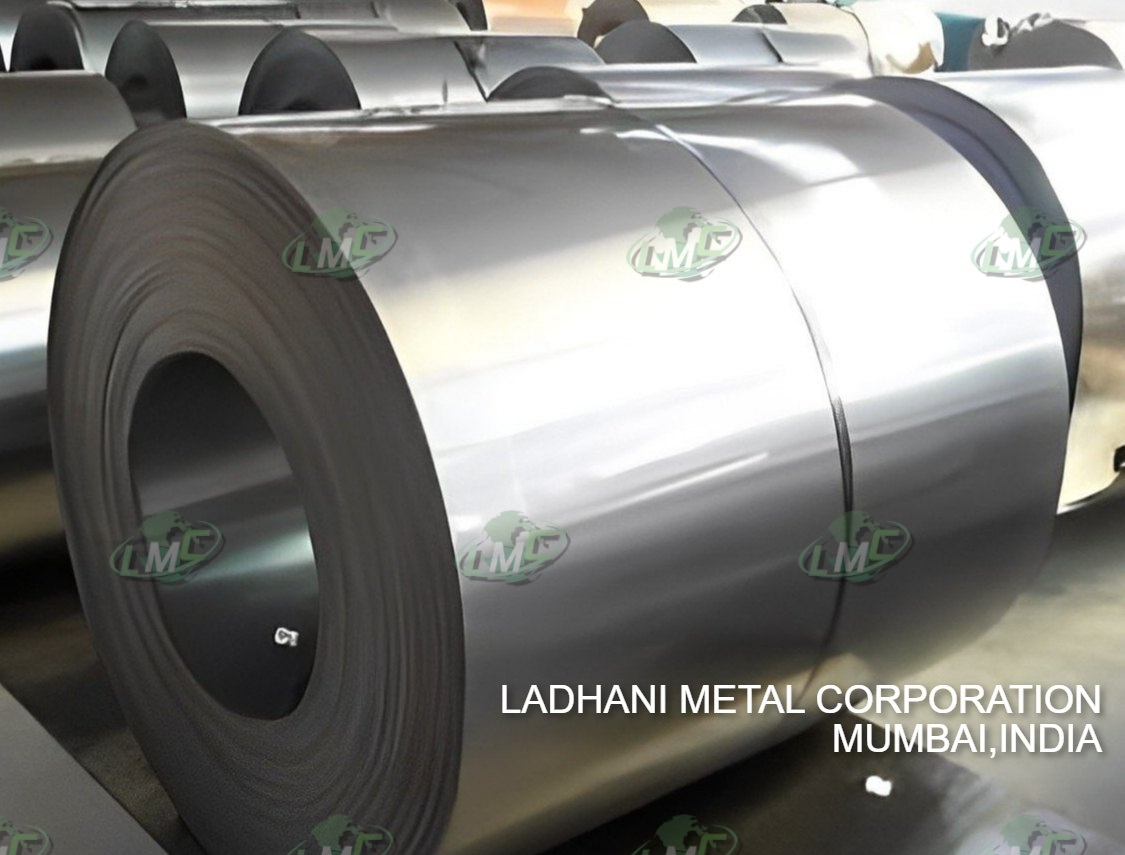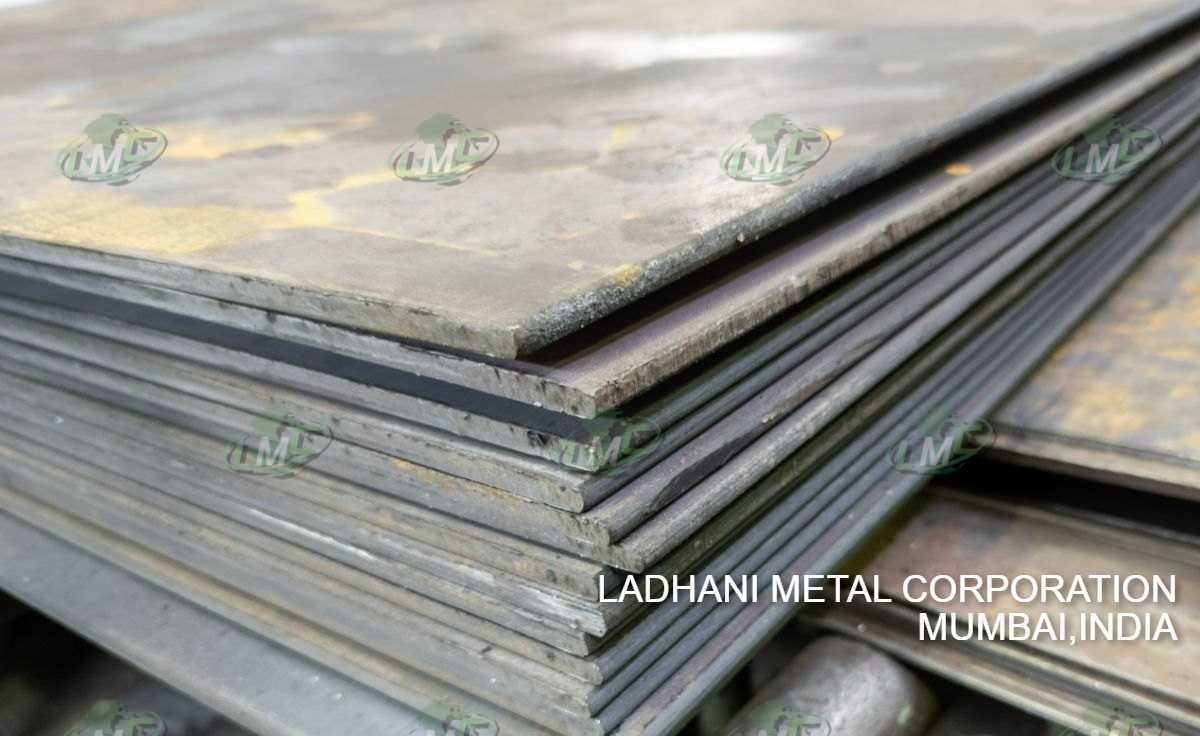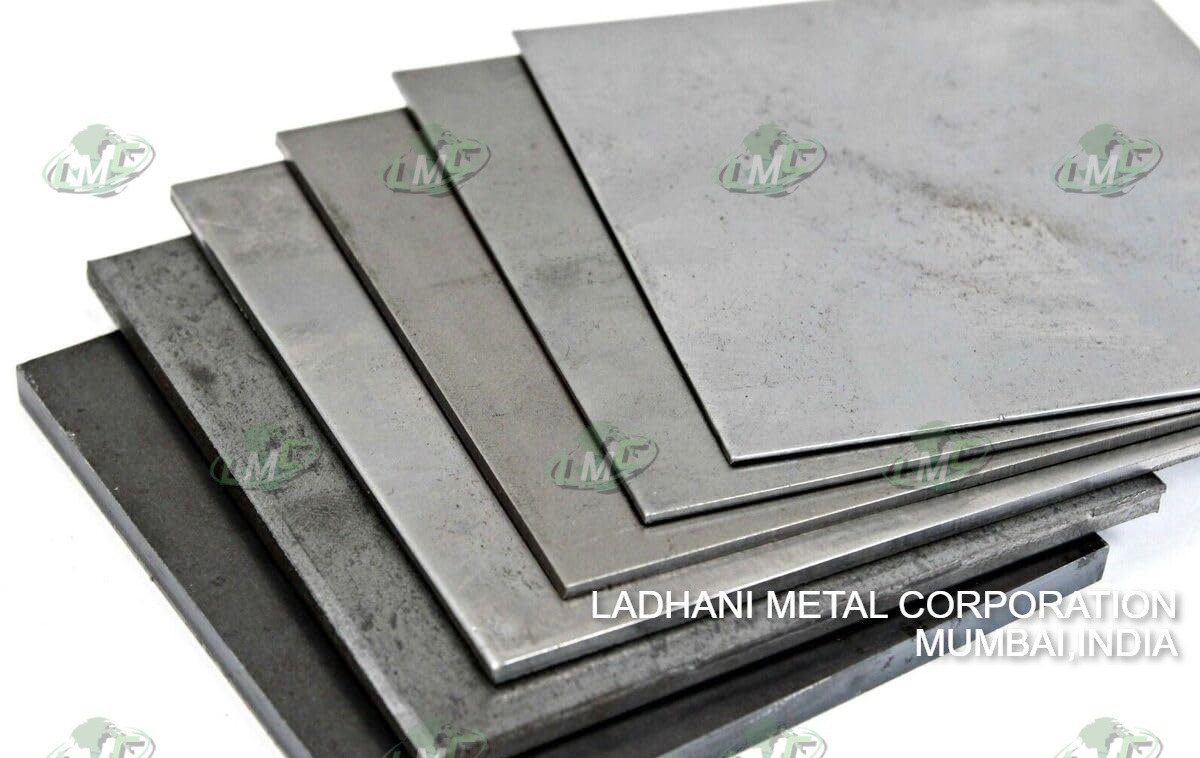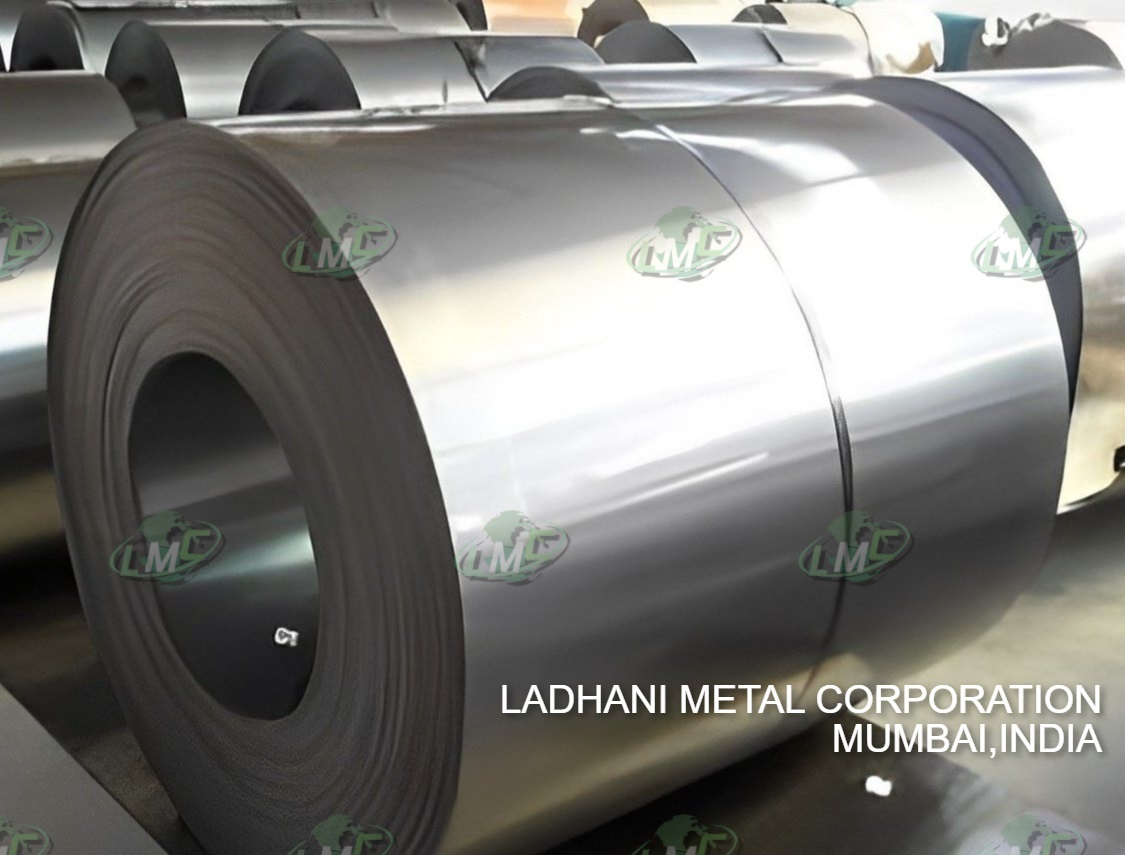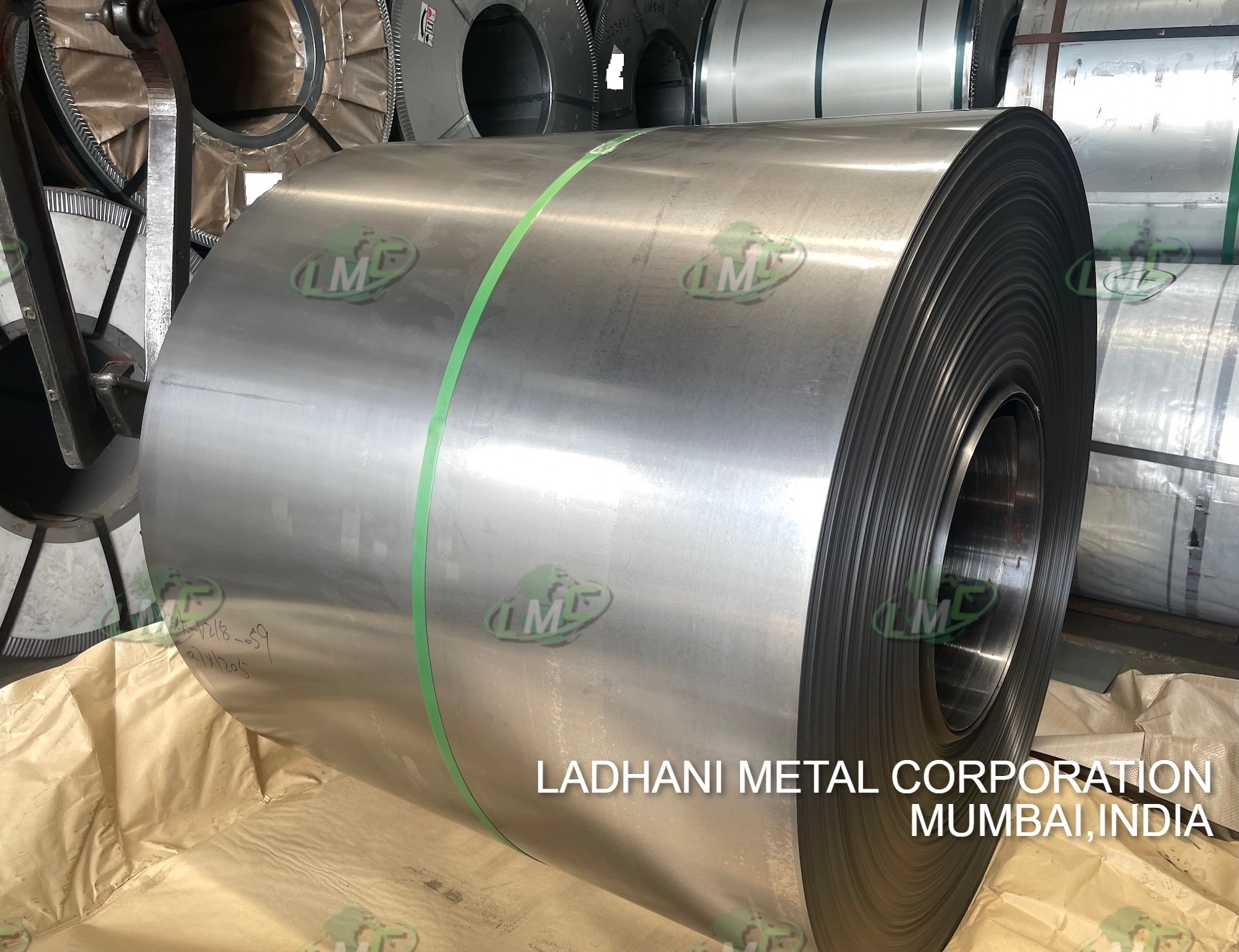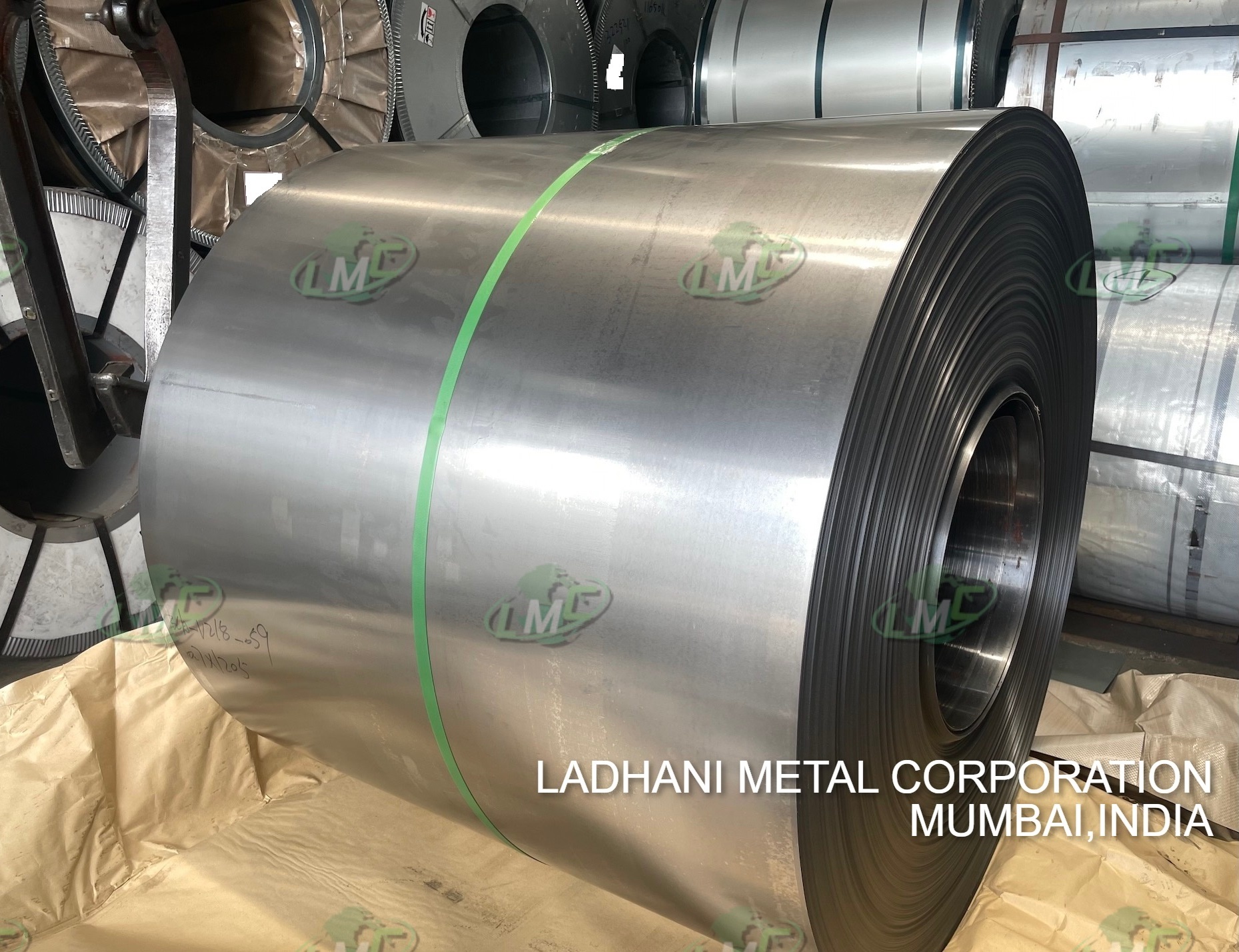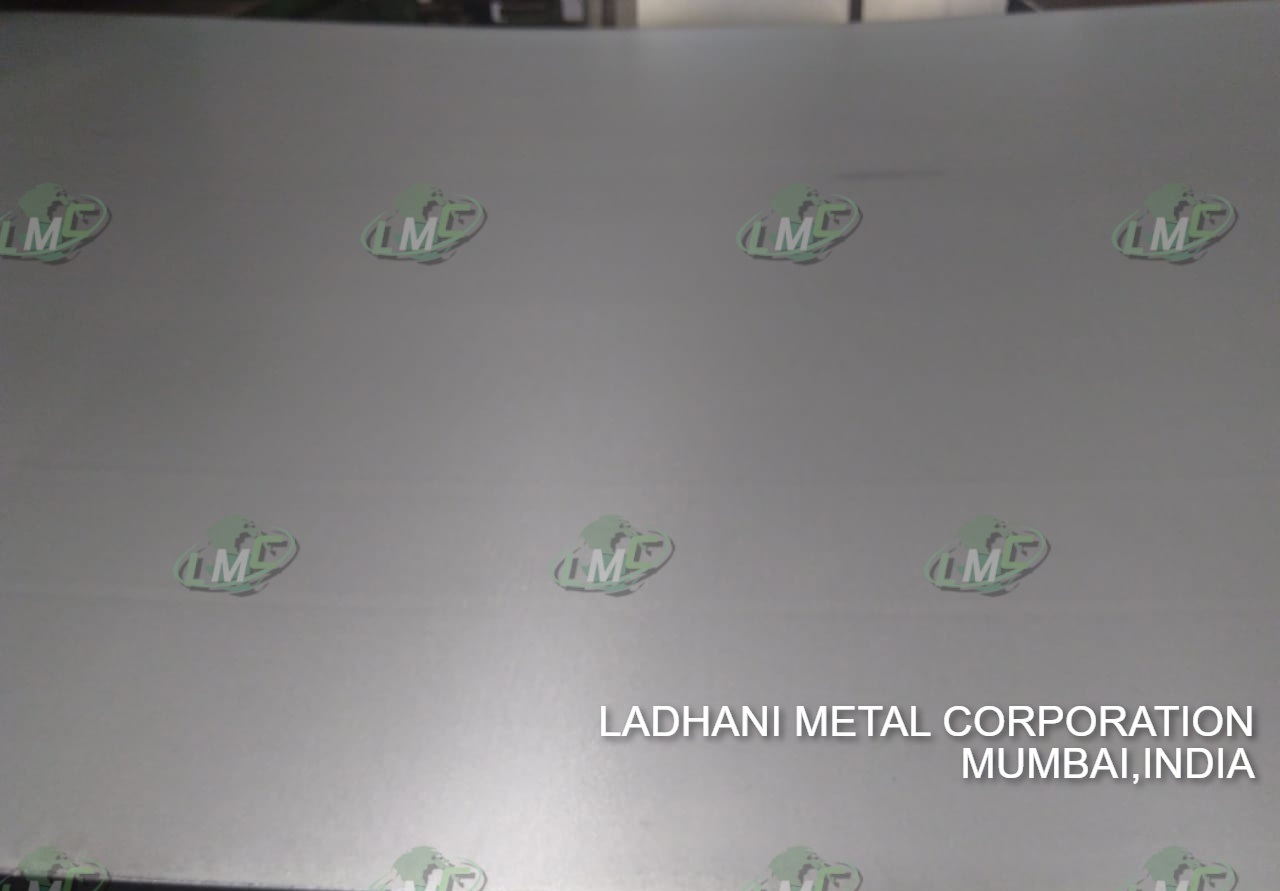Ladhani Metal Corporation offers Half Round Shields for LTSH (Low Temperature Superheater) Tubes, Type-I design, specially manufactured to provide protection against erosion, oxidation, and abrasive flue gas particles in boiler systems. LTSH tubes are positioned in the convection zone of boilers, where they are exposed to medium-to-high velocity flue gases and ash-laden environments, making them highly susceptible to surface wear. The Type-I Half Round Shield is precision-engineered with a semi-cylindrical profile that matches the curvature of LTSH tubes, ensuring reliable coverage and extending tube life. Function of LTSH Tubes • Carry steam through the low-temperature superheater section of the boiler • Exposed to erosive flue gases at moderate-to-high velocities • Require Half Round Shields to reduce erosion, scaling, and tube thinning Ladhani Metal Corporation manufactures, supplies, and exports Half Round Shields for LTSH, Type-I, in various sizes, thicknesses, and materials to suit different boiler designs across domestic and international markets. Available Grades • SS 304 / SS 304L • SS 310 / SS 310S • SS 316 / SS 316L • SS 410 / SS 420 / SS 430 • 1Cr13 • 1Cr18Ni9Ti • 1Cr20Ni14Si2 • 1Cr25Ni20Si2 • Cr23Ni13 • Cr25Ni20 Applications: Specifically used in low-temperature superheater sections of thermal power plants, waste heat recovery boilers (WHRBs), and industrial boilers where tube erosion is a recurring challenge. Uses • Shields LTSH tubes against high-velocity flue gas erosion • Prevents damage from abrasive ash particles and soot blower jets • Extends service life of LTSH components in power generation and industrial boilers • Enhances operational efficiency by reducing tube replacement frequency Features • Excellent erosion and oxidation resistance • Available in multiple stainless steels and heat-resistant alloys • Thermal stability in fluctuating temperature environments • Custom-designed to match LTSH tube curvature for accurate fitment Applications • Power plant boilers – LTSH tube protection under erosive conditions • WHRBs – Reliable defense against flue gas and ash impact • HRSGs – Guards low-temperature superheater tubes from wear • Industrial boilers – Ensures long-term efficiency in steam generation systems Conclusion The Half Round Shield for LTSH, Type-I, by Ladhani Metal Corporation offers durable and reliable protection for superheater tubes operating under erosive flue gas conditions. Manufactured from stainless steels and heat-resistant alloys such as SS 304, 310, 316, 410, 420, 430, 1Cr13, 1Cr18Ni9Ti, 1Cr20Ni14Si2, 1Cr25Ni20Si2, Cr23Ni13, and Cr25Ni20, these shields are engineered for long service life and export-ready specifications. For supply details and technical support, contact Ladhani Metal Corporation. #Mumbai #Pune #Ahmedabad #Vadodara #Surat #Rajkot #Jamnagar #Bharuch #Ankleshwar #Vapi #Delhi #Faridabad #Ghaziabad #Noida #Gurugram #Chennai #Coimbatore #Tiruchirappalli #Hyderabad #Visakhapatnam #Vijayawada #Bangalore #Mangalore #Mysore #Kolkata #Durgapur #Asansol #Bhubaneswar #Rourkela #Raipur #Bhilai #Bilaspur #Nagpur #Nashik #Aurangabad #Indore #Bhopal #Jabalpur #Kanpur #Lucknow #Varanasi #Jaipur #Kota #Udaipur #Jodhpur #Chandigarh #Ludhiana #Jalandhar #Haridwar #Dehradun #Agra #Meerut #Aligarh #Moradabad #Bareilly #Mathura #Gwalior #Rewa #Satna #Sagar #Ujjain #Ratlam #Solapur #Kolhapur #Amravati #Akola #Jalgaon #Latur #Sangli #Nanded #Gandhinagar #Bhavnagar #Mehsana #Surendranagar #Junagadh #Nadiad #Nizamabad #Karimnagar #Warangal #Kurnool #Nellore #Tirupati #Madurai #Tirunelveli #Thoothukudi #Belgaum #Hubli #Tumkur #Sambalpur #Jamshedpur #Ranchi #Dhanbad #Patna #Muzaffarpur#halftubeshield #utypehalftubeshield #tubeshieldexporter #TubeShield #HalfTubeShield #SSHalfRoundShield #BoilerTubeShield #BoilerShield #TubeProtection #Tubeshieldmanufacturer #BoilerTubeProtection #SSTubeShield #MetalIndustry #SteelFabrication #IndustrialShielding #SS304Shield #SS316Shield #StainlessSteelShield #WeldOnShield #WeldedTubeShield #TubeCladding #BoilerTubeSleeve #TubeSleeve #MetalFabrication #PowerPlantSupplies #RefineryEquipment #ProcessIndustry #MetalComponent #TubeShieldForBoilers #BoilerParts #SteelSolutions #TubeShieldManufacturer #TubeShieldSupplier #SSShielding #IndustrialTubeShield #BoilerTubeGuard #CustomMetalParts #SteelIndustryIndia #MetalEngineering #HeavyIndustrySupply #StainlessSteelIndia #SteelExporters #MetalComponentExport #FabricatedProducts #SteelDealer #IndustrialSupplyIndia #BoilerTubeFittings #TubeShieldingSolutions #HalfTubeCover #HeatExchangerShield #HalfRoundReheaterShield #ReheaterTubeShield #BoilerReheaterProtection #PowerPlantTubeShield #BoilerErosionShield #SteamBoilerTubeShield #HighTempTubeShield #BoilerWearProtection
Send Message
